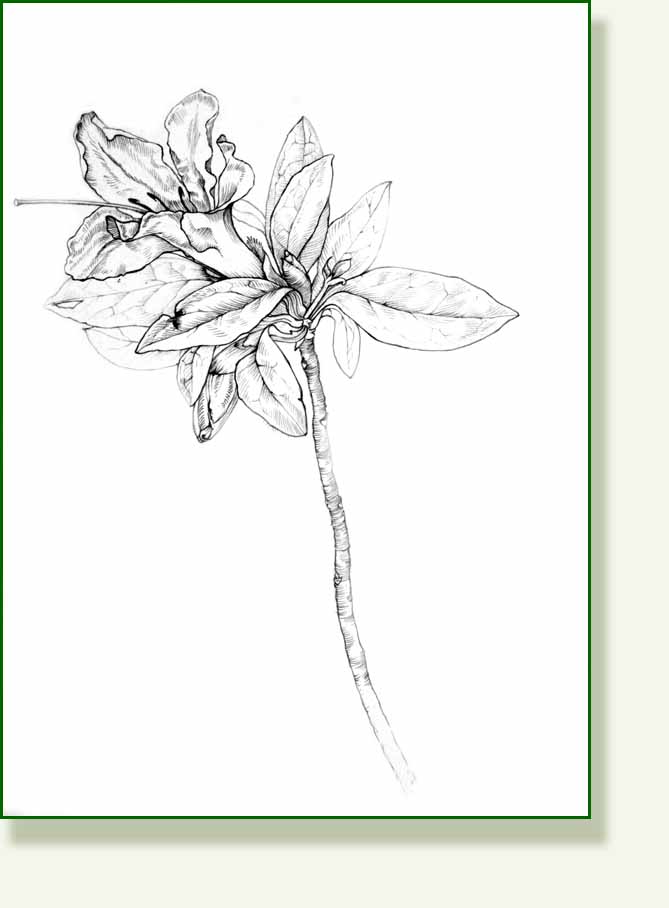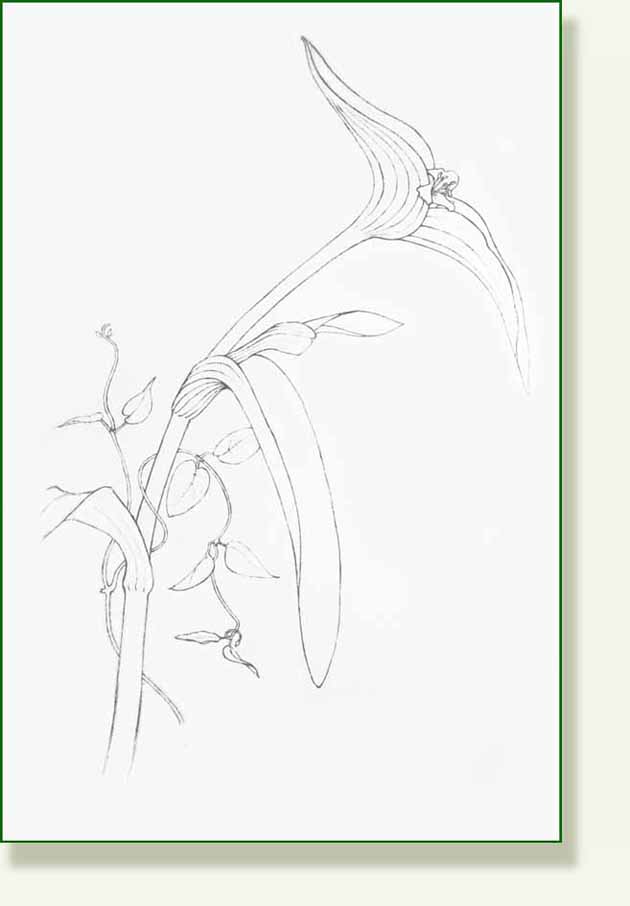Yesterday on a beautiful sunny Sunday I spent a good hour just watching the comings and goings on one of the ivy bushes which grow on waste ground near the railway tracks. These scrubby bits of land are a tangle of brambles and ivy and both yesterday and today the ivy was alive with happy insects. Here are a few: Ivy bee sunning itself,
Honey bee and ladybird,
Bombus lucorum I think,
Drone hoverfly I think and lucorum..
A very sleepy and slow B terrestris. I wondered if this lovely big bee was getting close to the end of its days?
As well as bees, wasps, flies and ladybirds, the bushes were covered with butterflies but just the one species, the pretty Red Admirals and so many of them. All were so intent on feeding that I could get quite close.
There was one huge hoverfly. I think the biggest in the UK and another insect mostly found in the South. Sometimes called the hornet mimic hoverfly, (you can see why), this is the splendid Volucella zonaria.
There were many other little hoverflies, and two sorts of wasps, this one was having a brush up.
and on some nearby brambles, what I think is a ruby tiger moth caterpillar
which will, with a bit of luck, turn into one of these,
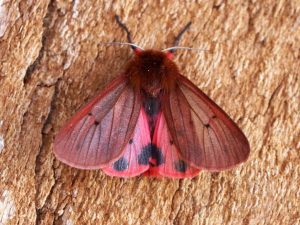
Wonderful picture by Ben Sale of the Ruby Tiger moth Phragmatobia fulginosa from the https://butterfly-conservation.org/moths/ruby-tiger
*Update…I found one in my garden in Grafham in 2016…beautiful
Everything seems to like this ivy bush much more than other varieties in the town. I wonder why? Perhaps the nectar is different. But this particular bush was covered with life whereas other were largely unvisited.
This one has very elegant deeply lobed leaves. I put a leaf on the windowsill to sketch it (the dead fly has now gone..). This is my only available surface at the moment so I sit with my sketchbook on my knee, but the shadows are lovely.
Elegant Ivy Leaf….
Pencil sketch 6”


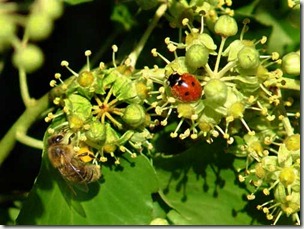

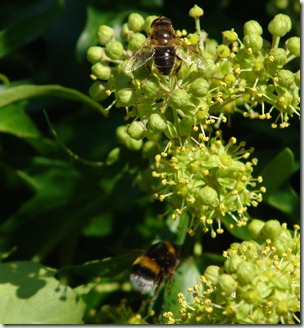
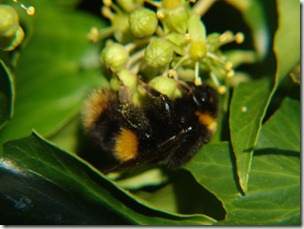


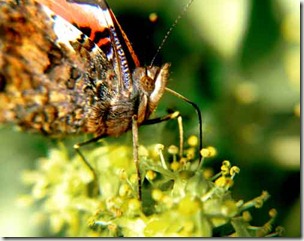
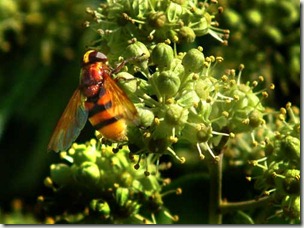
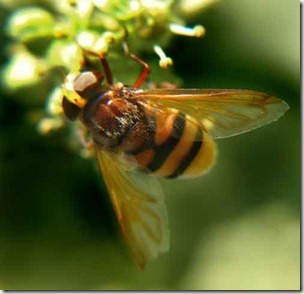
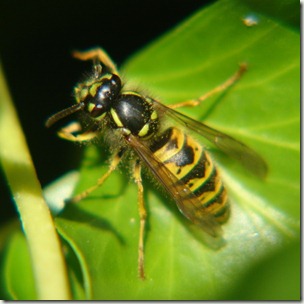
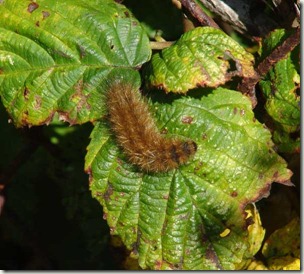
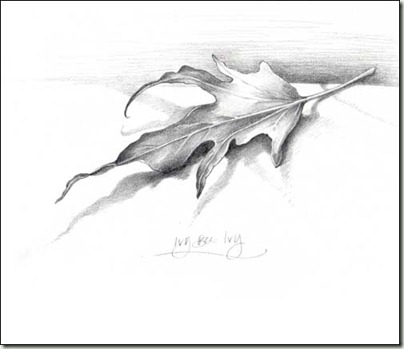
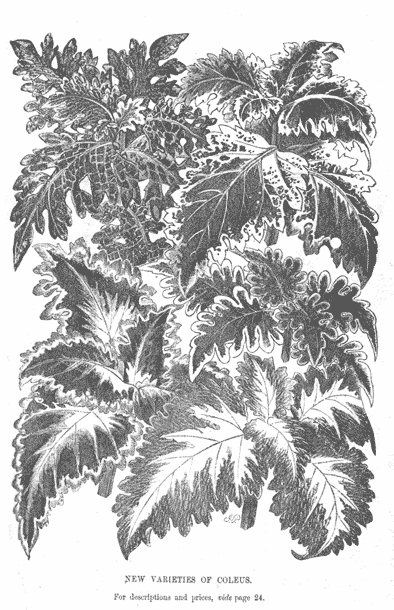

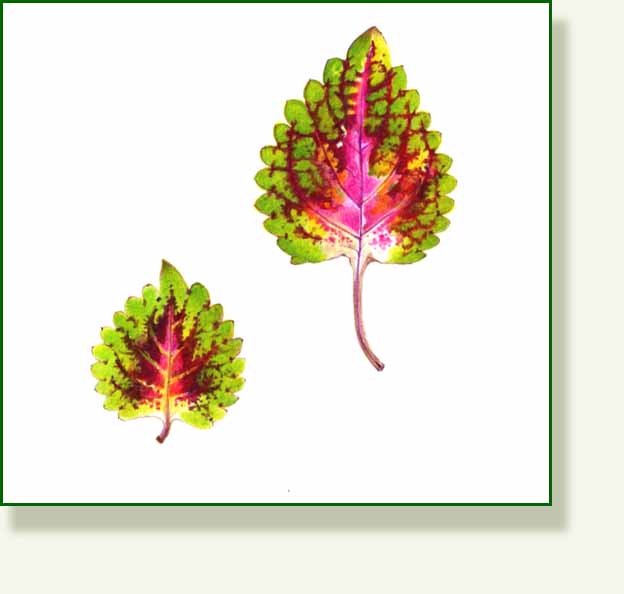

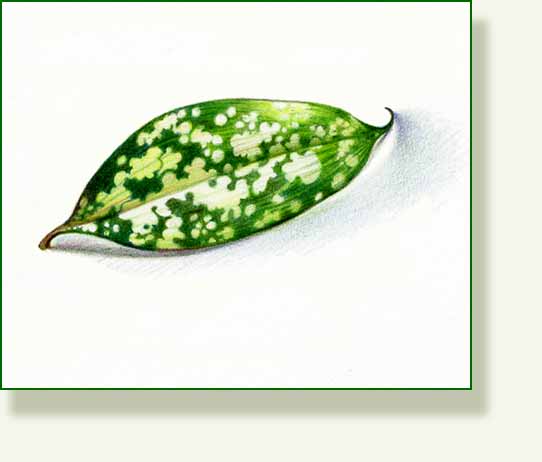

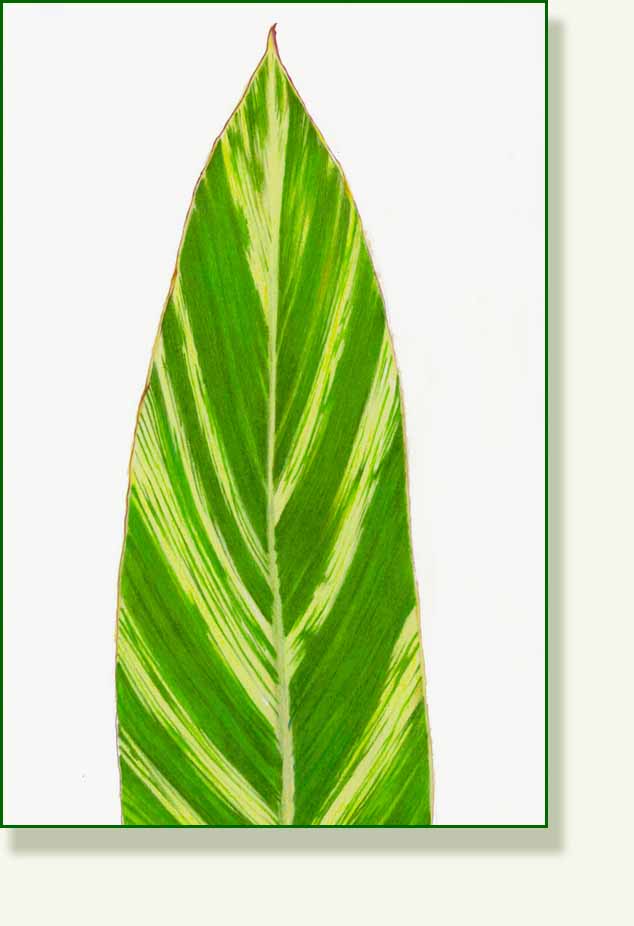

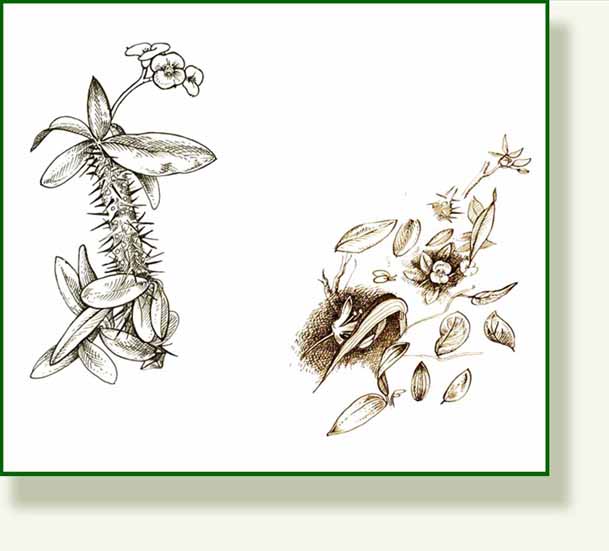

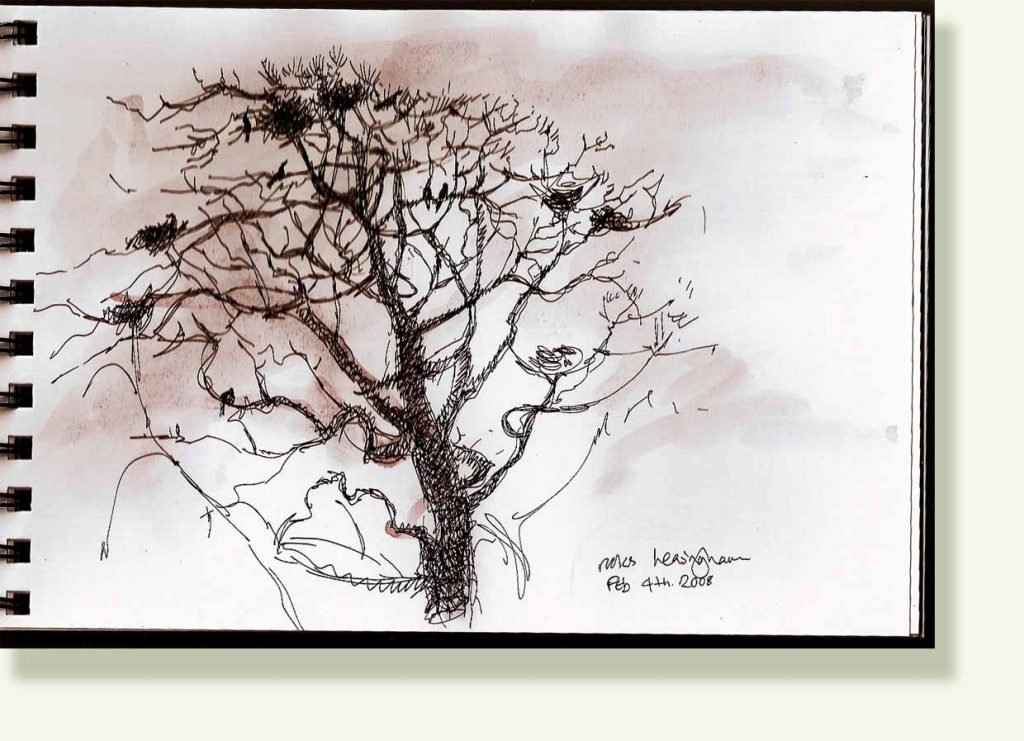
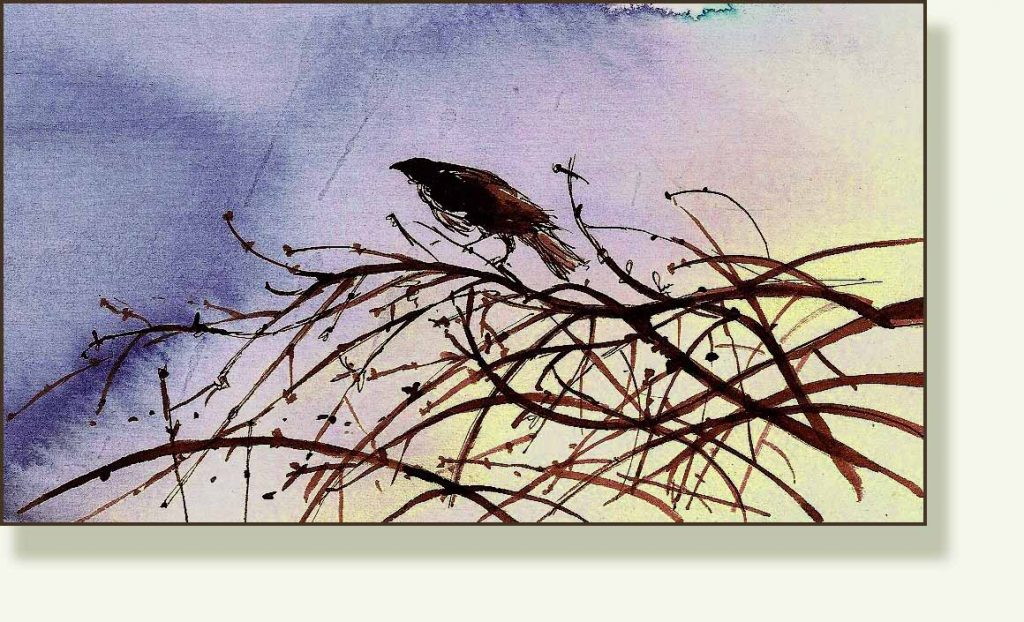

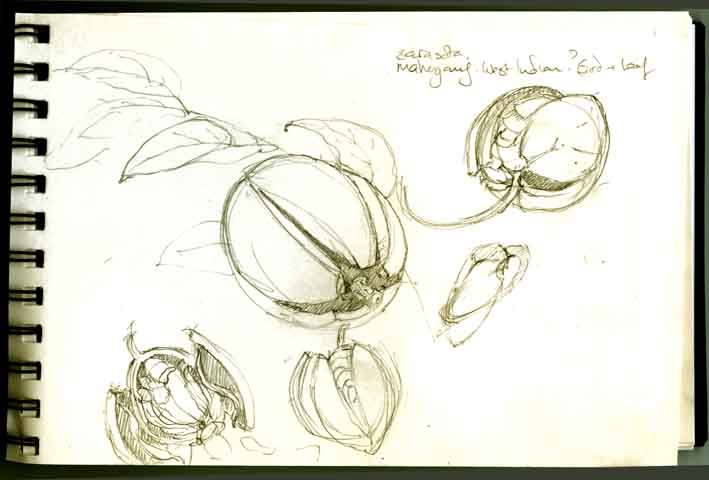
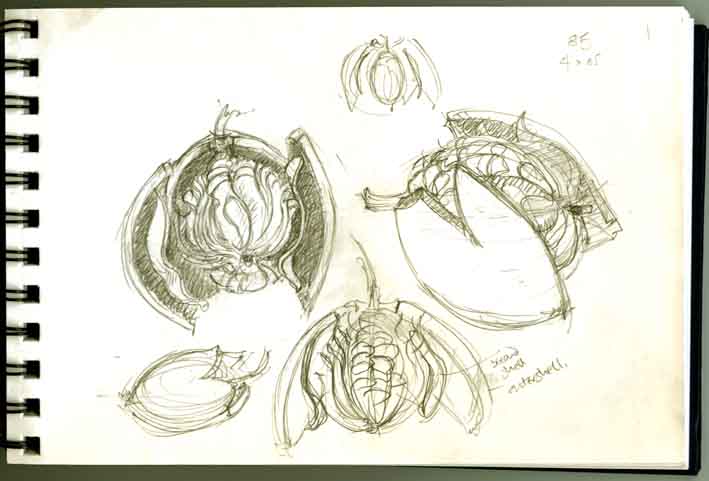

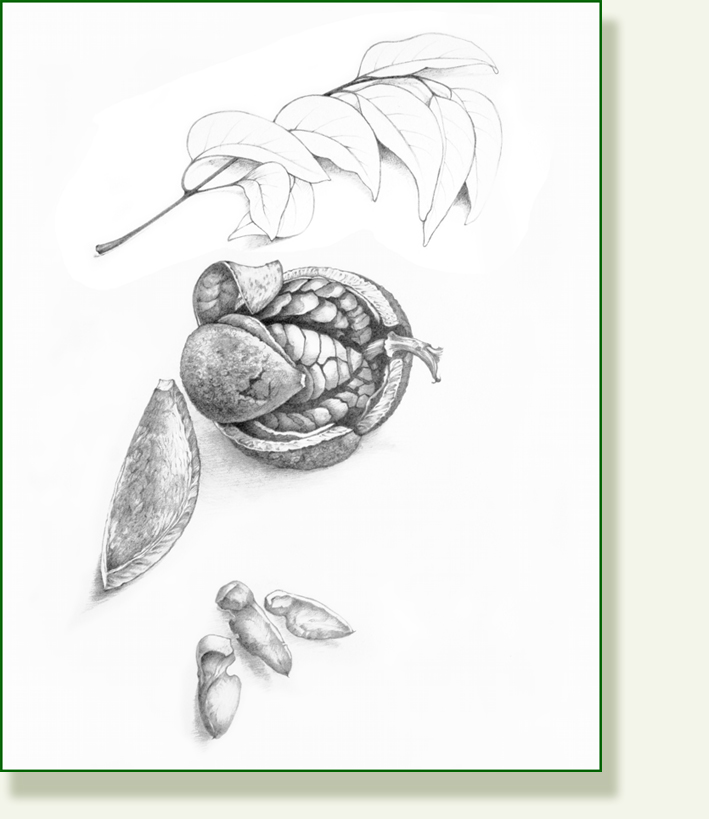
 Azalea.
Azalea.